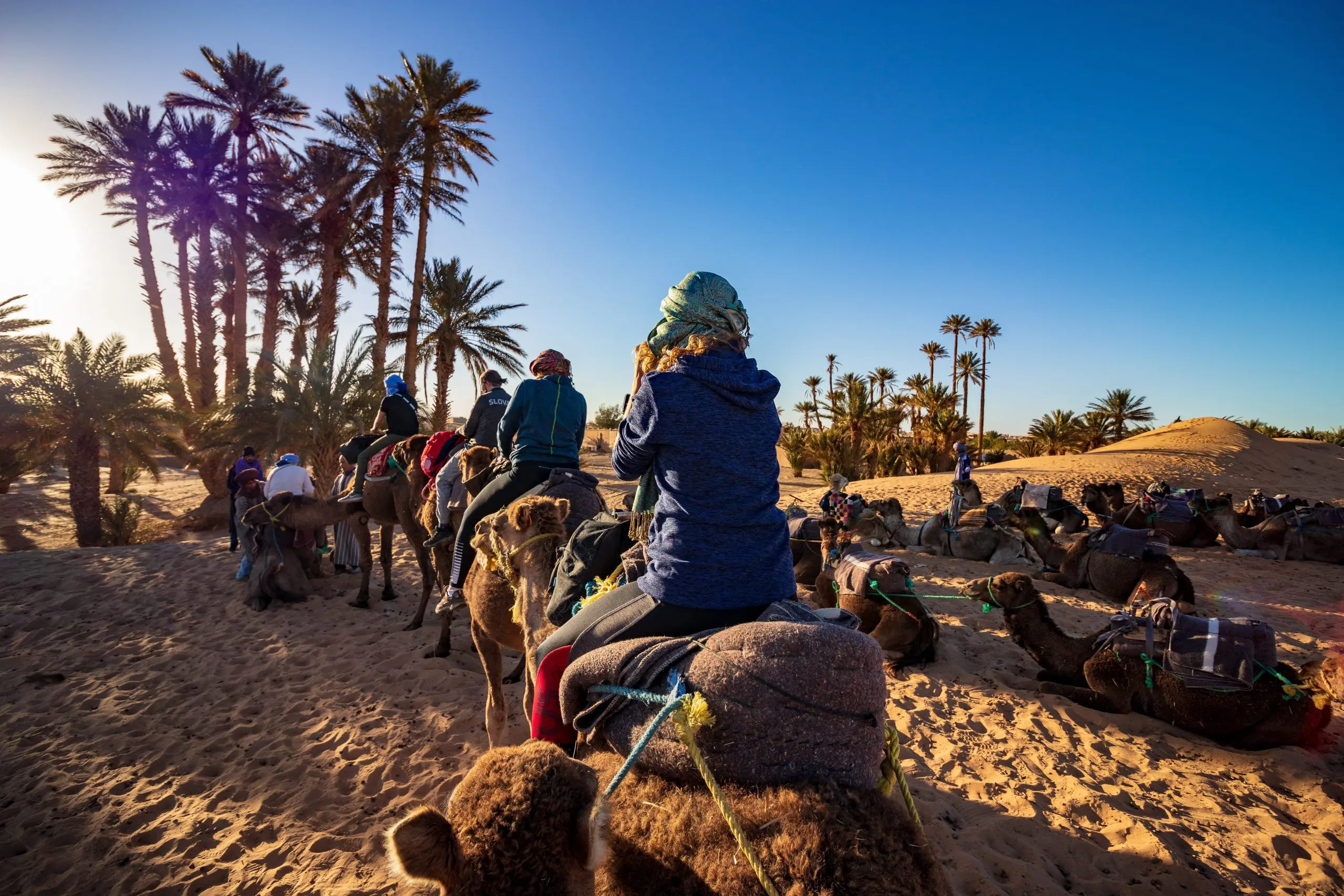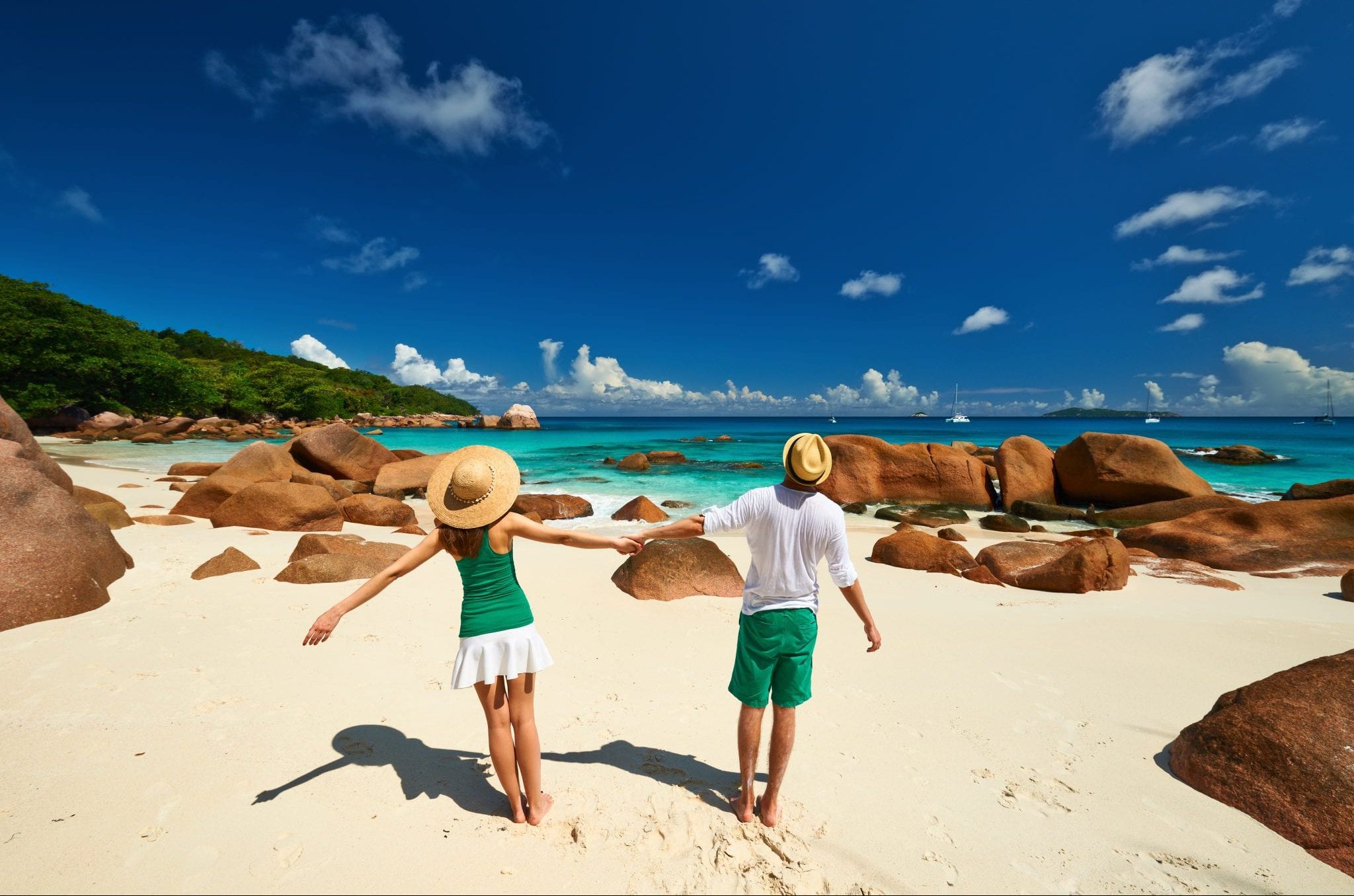Chitwan National Park is located in south-central Nepal and is one of Asia’s most popular safari destinations. Tourists can embark on guided tours through the jungle to observe Chitwan’s many interesting and beautiful plant and animal species.
Situated in the subtropical lowlands, there are actually eight entrances to the park in total. However, the two most used are located at the edges of the Sauraha and Meghauli villages, on the east and west sides of the park respectively. Furthermore, Chitwan is thought to be Asia’s most well-preserved conservation area, as well as one of the best places on the continent to see wildlife. But it also has decades of rich history to learn about before you explore this fascinating national park.

1. Chitwan used to be a private hunting reserve
Throughout the 1800s and the first half of the 20th century, Chitwan was quite the opposite of a wildlife refuge. In fact, aristocrats and royals used Chitwan as a private hunting reserve.
Unbelievably, this actually helped in the long run. The area was protected for the use of hunters, and it appears that this actually saved more of the now-endangered animals than if this had not been the case.

2. Wildlife protection policies were introduced to save the rhinos and tigers
Chitwan was originally a treacherous place to reach and access. However, human settlements moved closer to the park in the 1950s. As a result, there was a huge increase in poaching. Therefore, there became a need for wildlife preservation policies. In particular threat were the area’s single-horned Asiatic rhinos, whose population dropped substantially between 1950 and 1960.
Today, Chitwan’s rhinos are still a highly endangered species, in addition to the park’s Bengal tigers. These are arguably the most awe-inspiring sightings you could experience during a safari in Chitwan.

3. The park is home to a vast array of plant and animal populations
Chitwan has nearly 70 mammal species, well over 100 fish species, hundreds of bird species, and various types of reptiles and insects too. Of the mammal species, be sure to look out for leopards, jackals, elephants, monkeys, wild boar, and sloth bears!

You can learn more about all of these wonderful creatures during your trip by visiting The Wildlife Display and Information Centre, Tharu Cultural Museum, and the Bird Education Society. Also, it’s worth exploring the villages in the surrounding area of these frequented sites. Visitors are encouraged to stay for two or more days to truly experience the park.
4. The area used to be known as the Royal Chitwan National Park
The park was formerly titled as the Royal Chitwan National Park. However, the name changed in 2006 when the word ‘royal’ was removed. This occurred at the end of the decade-long civil war, with the name change facilitated by the overthrowing of Nepal’s centuries-old monarchy.
5. Chitwan is Nepal’s first national park and a UNESCO World Heritage Site
Chitwan is now a 932 square kilometre (360 square mile) area after being expanded in 1977. The vast national park is actually Nepal’s first national park and the first protected area in the country. Moreover, it was declared a national park in 1973 and was made an official UNESCO World Heritage Site in 1984.

Do you want to learn more about this national park’s history and wildlife? Are you ready to venture into the fascinating depths of Chitwan’s jungle? Check out our Nepal tours!
 March Sale; 2 For 1
March Sale; 2 For 1  Croatia Sailing : 2 For 1
Croatia Sailing : 2 For 1 Asia Tours : 2 For 1
Asia Tours : 2 For 1 Central & Eastern Europe Tours: 2 For 1
Central & Eastern Europe Tours: 2 For 1  Why Travel Talk
Why Travel Talk Travel Talk Blog
Travel Talk Blog Responsible Travel
Responsible Travel Fair Travels with Travel Talk
Fair Travels with Travel Talk